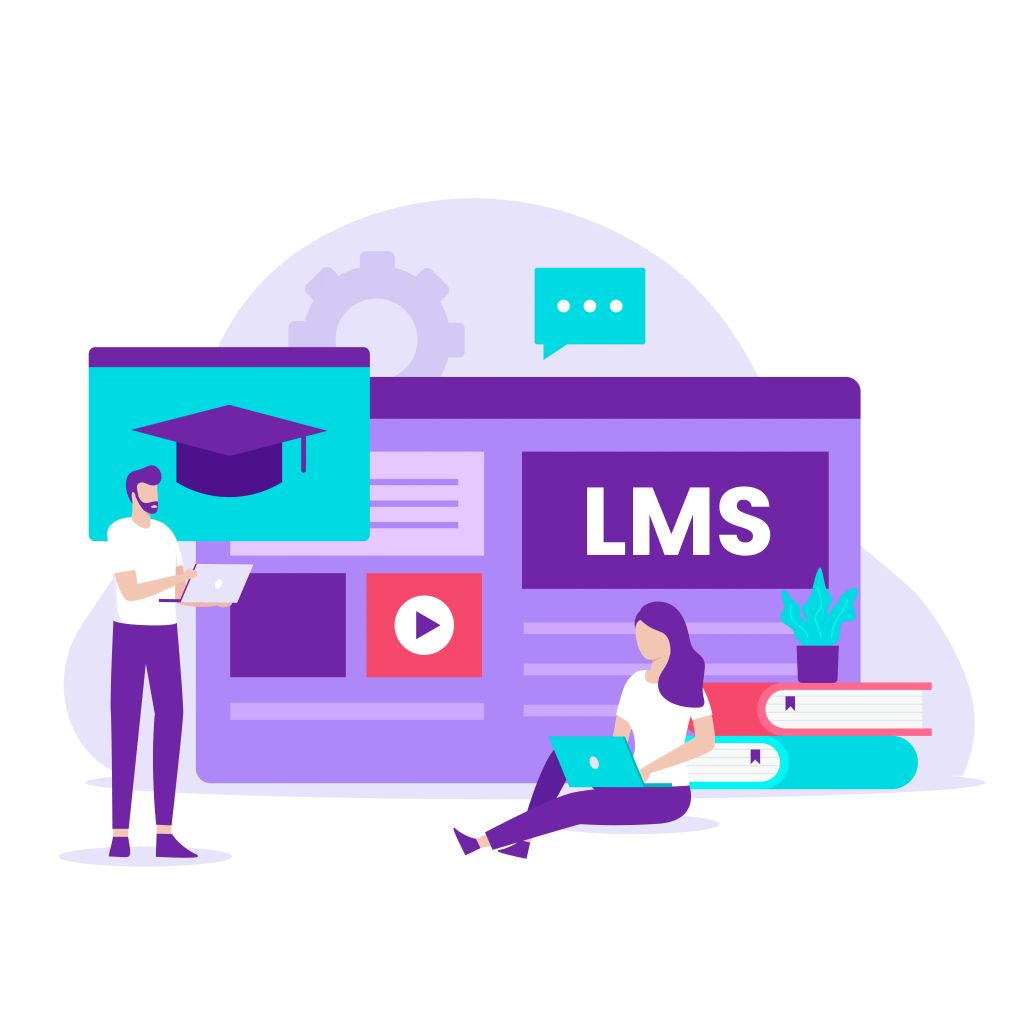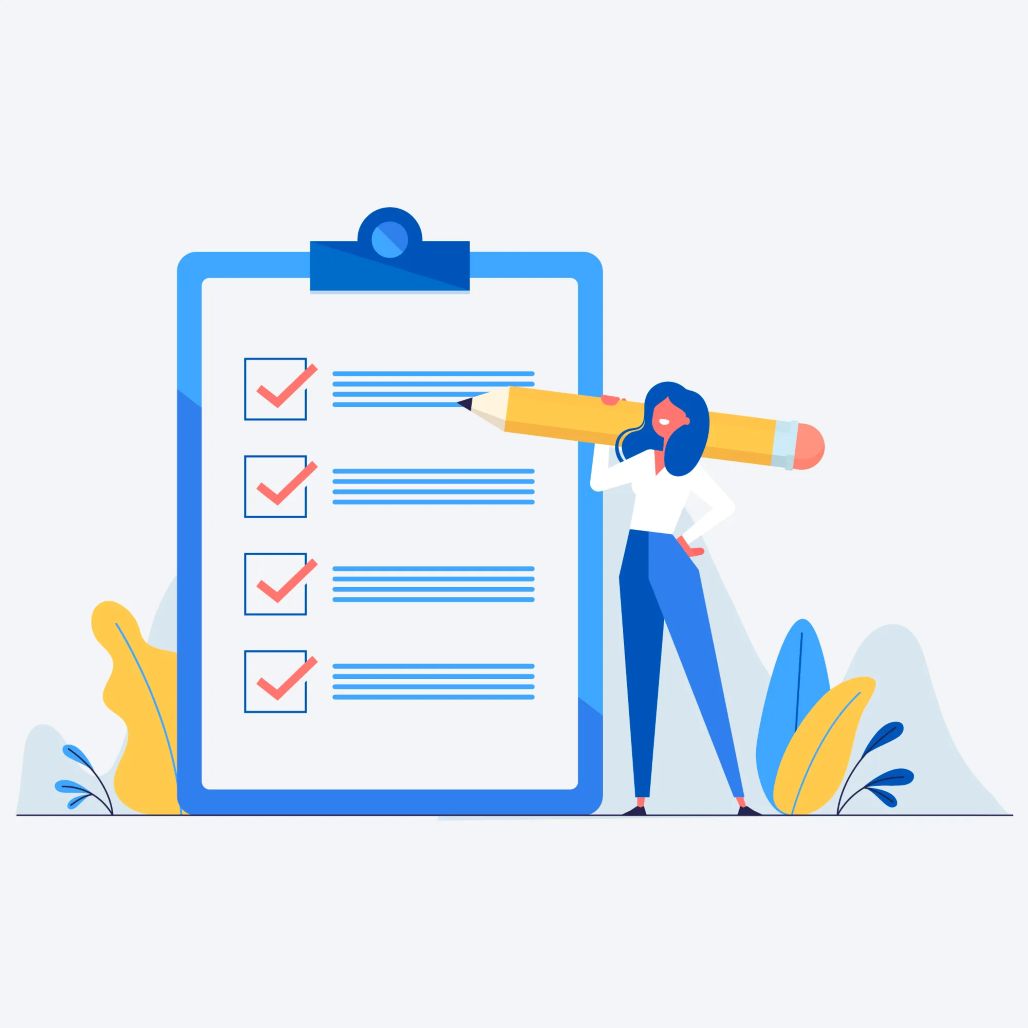LMS Systems Australia: The 2025 Guide to Choosing the Right Learning Management System

Why This Guide — Quick Snapshot
Across Australia, organizations — from universities, TAFEs and RTOs to fast-growing enterprises and SaaS firms — are re-evaluating their learning platforms. As cloud, mobile, and AI capabilities become essentials, choosing the best LMS in Australia can make all the difference in learner engagement, compliance, and scalability.
This guide gives you a practical, easy-to-follow overview of what matters most when selecting an Australian LMS — helping you make a confident, future-proof choice.
You’ll discover:
What makes an LMS appropriate for Australian organisations — including compliance (SCORM/xAPI), accessibility, and local data privacy.
A curated list of the top 8 LMSs in Australia — with their pros, cons, and best-fit use cases.
A vendor evaluation checklist — covering cost factors, implementation readiness, and integration essentials.
An FAQ section — to simplify decisions for L&D teams and purchasing managers.
Pro Tip: Looking to experience a next-generation AI-powered LMS? Calibr is designed to help Australian organizations modernize learning with AI course authoring, personalised learning paths, and real-time analytics — backed by cloud-native performance.
Explore Calibr or Contact our team to see how it compares to other platforms in the Australian LMS space.

Australian LMS Buying Priorities
Before shortlisting vendors, it’s important to understand the local factors that define the best LMS Australia has to offer:
Compliance & Reporting: Many Australian RTOs and corporates need audit-ready reporting for WHS and licensing. Learn more about RTO compliance standards on the Australian Skills Quality Authority (ASQA) website.
SCORM / xAPI / AICC Support: Enables reuse of legacy e-learning content and accurate learner tracking. See ADL’s SCORM overview for reference.
Data Residency & Privacy: Organisations increasingly prioritise platforms aligned with Australian Privacy Principles (APPs).
Local Support & Implementation: Vendors offering Australian-based teams or partners simplify rollouts and support.
Mobile-First & Offline Access: Essential for geographically dispersed or field-based teams.
Integration with HRIS / Collaboration Tools: Ensure smooth connectivity with systems like Workday, SAP, and Microsoft Teams.
Accessibility & WCAG Standards: Required by many education and public sector bodies (W3C Accessibility Guidelines).
Language / Localisation & Flexible Pricing: Australian-dollar pricing and locally tuned packages offer clarity and control.
Top 8 LMS Systems in Australia
Choosing the best LMS Australia has to offer can be overwhelming — especially with so many global and local options. To help you navigate, we’ve shortlisted eight LMS systems in Australia that stand out for their innovation, local support, compliance readiness, and learner experience.

1. Axcelerate
Why it’s notable: Axcelerate is widely used in the Australian vocational and corporate training markets for its RTO-focused features and compliance reporting. It’s built with local training needs in mind and often appears on lists of Australian LMS providers.
Key strengths
Built for RTO/bulk compliance reporting and Australian training frameworks.
Integrations for credentialing and third-party assessment workflows.
Strong local support and implementation partners.
Best for: Registered Training Organisations (RTOs), large compliance-driven enterprises.
Considerations: If you need advanced AI-authoring or highly consumer-facing course marketplaces, other platforms may be stronger.
2. Calibr — modern AI-powered LMS
Why it’s notable: Calibr stands out as one of the best LMS systems in Australia, purpose-built for modern enterprises embracing AI-driven learning. As an AI-powered corporate learning platform, It combines rapid course authoring, personalized learning paths, and real-time analytics to empower organization to upskill employees, train customers, and drive engagement at scale.
Unlike many traditional LMS tools, Calibr delivers generative AI-powered course creation, enabling learning teams to design interactive, high-quality content in minutes. With its cloud-native architecture, It ensures smooth integrations, compliance readiness, and scalability — making it a top choice for companies exploring the best LMS Australia has to offer.
Key Strengths
Generative AI Course Authoring – Create and update learning modules faster than ever.
Personalised Learning Paths – Adaptive recommendations to boost learner engagement.
Enterprise-Grade Features – SSO, SCORM/SCORM Cloud support, analytics, and deep HRIS integrations.
Cloud-Native and Scalable – Built to serve enterprises, SMBs, and customer academies alike.
Best for:
Enterprises, RTOs, and fast-growing organisations looking for an AI-enhanced Australian LMS that accelerates content creation, enhances analytics, and scales effortlessly for customer or employee learning programs.
Considerations:
As with any innovative platform, validate reference customers, uptime/SLA commitments, and integration depth with your HR or CRM systems before full rollout.
Explore Calibr now or sign up for a free trail to discover why it’s rapidly emerging as one of the best LMS systems in Australia for modern, AI-powered learning experiences.
3. Canvas (Instructure)
Why it’s notable: Canvas has grown strongly in Oceania and is a common choice for tertiary institutions because of its modern UX, strong assessment tools and cloud-first architecture. Sources note Canvas’ rapid expansion in the Oceania region over the last several years.
Key strengths
Modern, intuitive UI for learners and instructors.
Powerful assignment, rubric and grading workflows.
Robust LTI integrations and developer ecosystem.
Best for: Universities, colleges and organisations that require rich assessment and academic workflows.
Considerations: Enterprise L&D buyers should assess Canvas’ learning analytics and corporate integrations relative to specialised corporate LMSs.
4. LearnUpon
Why it’s notable: LearnUpon is frequently included in “best of” lists and has an active presence in ANZ markets; it’s known for enterprise-level customer training, onboarding and internal learning programs.
Key strengths
Multi-tenant portals for customer training and partner academies.
Excellent support and implementation for enterprise customers.
Strong analytics and SCORM/xAPI support.
Best for: SaaS companies and enterprises that need to deliver customer-facing academies plus internal L&D.
Considerations: Pricing can scale with number of learners and advanced features; ask for usage scenarios and cost modelling.
5. LearnWorlds
Why it’s notable: LearnWorlds appears on recent lists of top LMS platforms in Australia; it’s particularly strong if you want to build a commercial course-and-marketplace experience alongside your LMS.
Key strengths
Built-in e-commerce, course marketplace and strong course player.
Great for monetized learning (selling courses, certifications).
White-label and branding flexibility.
Best for: Organisations that want to sell training, build customer academies or create branded learning experiences.
Considerations: For deep corporate HR integrations or RTO compliance features, evaluate integrations carefully.
6. Moodle — the open-source LMS
Why it’s notable: Moodle remains a leading, widely deployed LMS across Australia and Oceania (especially among education institutions and organisations who prefer open-source flexibility). Recent coverage still lists Moodle as a market leader in the region, though cloud and commercial platforms are gaining ground.
Key strengths
Extremely configurable and cost-effective (open-source core).
Huge ecosystem of plugins and integrators.
Strong presence in higher education and government.
Best for: Universities, institutions, organisations wanting customisation and control over hosting.
Considerations: Requires stronger internal or partner technical capability; UX and admin polish depend on the implementation.
7. PageUp
Why it’s notable: PageUp is an Australian-developed platform that focuses on talent management and learning as part of the HR suite. It’s commonly used by larger Australian employers that want an integrated HR/learning experience.
Key strengths
Strong HR/talent integrations (recruitment, performance, career development).
Local customer base and support in Australia/New Zealand.
Best for: Large enterprises seeking integrated HR and learning workflows.
Considerations: If you only need a lightweight LMS, PageUp may be overkill; it’s designed for broader talent-suite use.
8. SAP Litmos
Why it’s notable: SAP Litmos (commonly referenced simply as Litmos) is a widely used corporate LMS that often shows up on enterprise shortlists in Australia — especially for compliance and large-scale employee training programs. Many global and regional teams use it for standardized, enterprise-grade training.
Key strengths
Enterprise scalability, catalog management and compliance features.
Strong mobile app and offline support.
Wide partner ecosystem and content marketplace.
Best for: Enterprises with global operations and compliance-heavy training needs.
Considerations: Licensing model and enterprise contracts should be evaluated relative to usage.
How We Chose the Best LMS Systems in Australia
Our list of the best LMS Australia offers is based on a blend of local relevance, proven functionality, and innovative capabilities. Each Australian LMS was evaluated against factors that truly matter to organisations seeking long-term learning success.
Selection Criteria:
Local Relevance & Presence: Active adoption or customer base within Australia and New Zealand.
Compliance Alignment: SCORM/xAPI compatibility, RTO readiness, and data residency options compliant with Australian Privacy Principles (APPs).
AI & Modern Capabilities: Platforms like Calibr that integrate AI for course creation, analytics, and adaptive learning paths.
Enterprise Scalability: Integration with HRIS, CRM, and collaboration tools to support large-scale deployments.
Learner Experience: Intuitive UI, mobile-first access, and accessibility compliance (WCAG).
Customer Support & Implementation: Local teams or trusted partners providing rollout assistance and ongoing support.
In short, these LMS systems in Australia were selected not just for their features, but for how well they align with the unique regulatory, technical, and cultural needs of Australian organisations.
Vendor comparison at a glance
Here’s a quick side-by-side view of the leading LMS systems in Australia — including Calibr, which is emerging as one of the best LMS Australia offers with AI-driven innovation, local support, and enterprise-grade scalability.
Vendor | Best Fit | Local Presence | SCORM/xAPI | AI/Authoring | Enterprise Features |
Axcelerate | RTOs & Compliance | Strong (ANZ) | Yes | Limited | Good Reporting |
Calibr | AI-powered Corporate & Customer Training | Global, Supports ANZ | Yes | Generative AI Authoring | Personalization, Integrations |
Canvas | Higher-Education & Assessment | Growing in Oceania | Yes | Not Core | Strong Academic Features |
LearnUpon | Customer Training & Enterprises | Strong | Yes | Course Automation | Multi-tenant Portals |
LearnWorlds | Commercial Courses & Marketplaces | Available in AU | Yes | Good Authoring | E-commerce |
Moodle | Education & Custom Deployments | Widely Used | Yes | Plugin Ecosystem | Open-source Flexibility |
PageUp | HR-led Talent & Learning | ANZ Roots | Yes | HR Integrations | Broad Talent Suite |
SAP Litmos | Enterprise Compliance & Global L&D | Global Presence | Yes | Some Automation | Scalable & Secure |
These LMS systems in Australia reflect a mix of innovation, scalability, and compliance readiness. Calibr, in particular, combines AI-powered content creation with enterprise integration—making it a strong contender among the best LMS Australia has to offer.
Deeper buyer checklist — questions to ask every vendor

When you evaluate an LMS vendor for Australia, run through these practical checks:
1) Data & privacy
Where will learner and employee data be hosted? Is local (Australia) data residency available if needed?
What security certifications do they hold (ISO 27001, SOC 2)?
2) Compliance & reporting
Does the LMS provide exportable, audit-ready reports? Can you map evidence to regulatory audit requirements?
3) Standards & interoperability
SCORM 1.2 / SCORM 2004 / xAPI support? LTI integrations for learning tools? SSO (SAML / OIDC) and SCIM user provisioning?
4) Integration
Pre-built connectors for your HRIS (Workday, SAP SuccessFactors, PageUp), CRM (Salesforce), IDP (Azure AD), and content authoring tools.
5) Authoring & content
Does the vendor provide built-in authoring, or integrate with authoring tools? How easily can you update courses (and how fast)?
6) Learner experience
Native mobile apps? Offline sync? Adaptive learning/pathways? Social and collaborative features?
7) Vendor stability & references
Customer references in Australia (ask for 2–3 reference checks). Uptime SLA and roadmap.
8) Pricing & total cost of ownership
Pricing model: per-user, active-user, seats, per-course or blended? Ask about hidden costs: storage, integrations, custom reports, migration.
9) Accessibility
WCAG 2.1 conformance? Accessibility testing and support?
10) Implementation & change management
Typical rollout time, training for admins and instructors, success managers.
Use this checklist as the backbone of an RFP or an internal scorecard.
Conclusion: Choosing the Best LMS in Australia
Selecting the right LMS is more than a tech decision—it’s a long-term investment in workforce capability and learning culture. The best LMS Australia offers today should support compliance, AI-driven innovation, and local data privacy, while delivering a seamless learner experience.
Whether you choose an open-source platform, a global enterprise solution, or a next-gen system, it’s crucial to pick an LMS that aligns with your strategic goals and meets Australian standards.
For organisations looking for a modern, AI-powered Australian LMS, Calibr stands out as a comprehensive solution. It combines generative AI course authoring, personalised learning paths, advanced analytics, and robust integrations to streamline employee and customer training.
Get started with Calibr today:
With Calibr, your organisation can accelerate learning outcomes while staying compliant, innovative, and locally relevant — making it one of the best LMS systems in Australia for modern training needs.
Frequently asked questions (FAQs)
Q: Which LMS do most Australian universities use?
A: Moodle and Canvas are very common choices in higher education across Australia and Oceania; Canvas has been rapidly adopted in recent years.
Q: Is open-source (Moodle) cheaper than hosted SaaS?
A: The core software may be free, but implementation, hosting, maintenance and custom plugin costs can make total ownership comparable to SaaS in many scenarios.
Q: Should I prioritise local vendors?
A: Local vendors or partners can provide timezone-matched support and ANZ regulatory knowledge. However, global SaaS vendors often have local partners—prioritise reference customers and support SLAs over just geography.
Q: How long does it take to implement an LMS?
A: A pilot can take 6–12 weeks; full rollout often spans 3–9 months depending on integrations, content migration and scale.

Sanju has a wealth of experience and expertise in instructional design, bringing innovative ideas and a fresh perspective to e-learning content development. She is passionate about merging technology and creativity for dynamic e-learning. Her passion for creating engaging and effective learning experiences aligns perfectly with Calibr's commitment to excellence. She also enjoys writing about e-learning trends in the corporate world.
